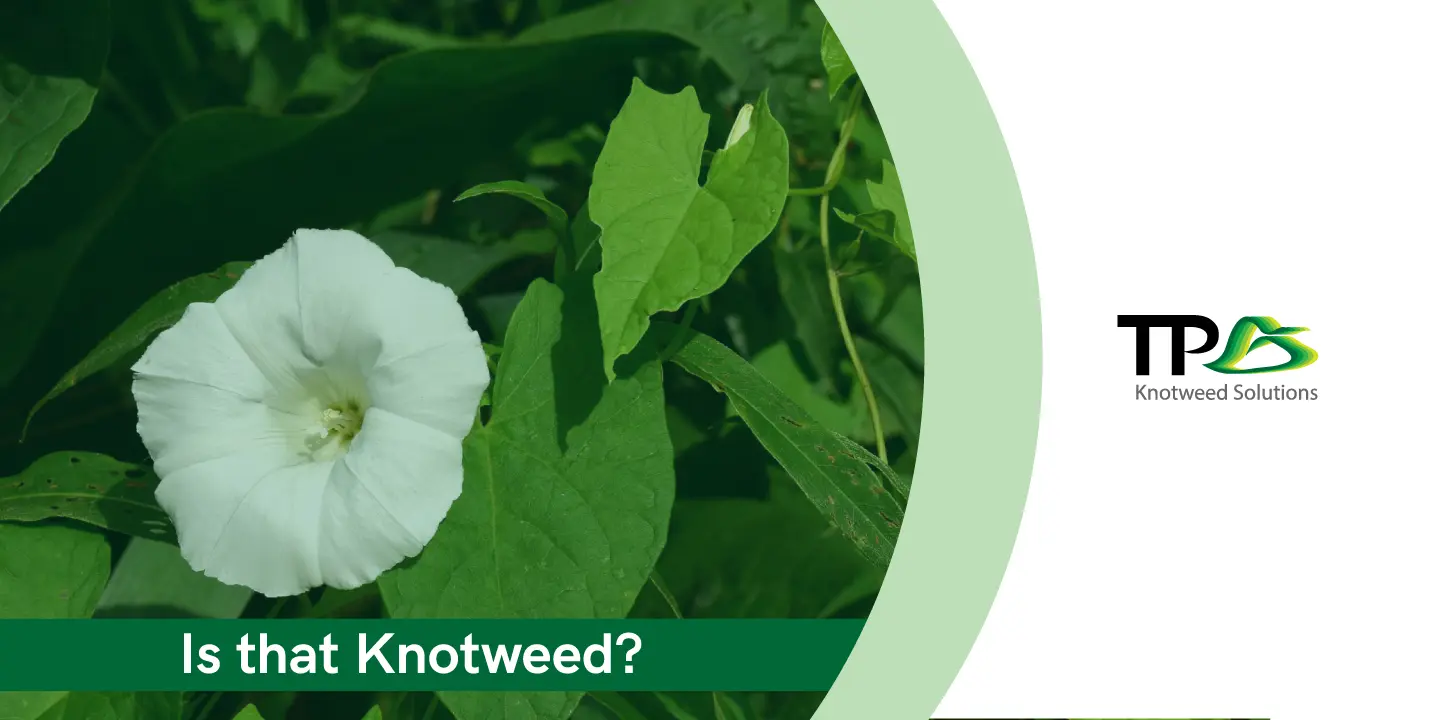Plants That Look Like Japanese Knotweed
If you’re worried about the notorious Japanese knotweed invading your garden or property in the UK, it’s essential to be able to identify this invasive plant accurately. However, there are other plants that resemble Japanese knotweed, leading to confusion and uncertainty. In this article, we will help you get acquainted with some plants that share similarities with Japanese knotweed, enabling you to spot the differences and make informed decisions.
Get to Know the Differences and Similarities
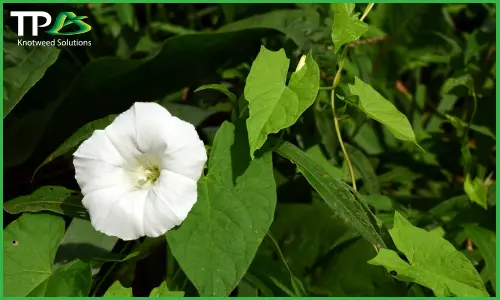
1. Bindweed:
One plant often mistaken for Japanese knotweed is bindweed. Bindweed creeps and twines around other plants and structures, similar to how knotweed can spread rapidly. However, there are notable differences. Bindweed has heart-shaped leaves, while Japanese knotweed has broad, shield-shaped leaves. Additionally, bindweed produces small, trumpet-shaped white or pink flowers.
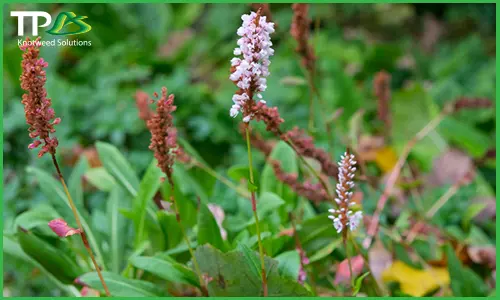
2. Lesser Knotweed:
As the name suggests, lesser knotweed resembles its more notorious counterpart. Both plants have similar leaf shapes, and lesser knotweed even shares the knotweed name. However, there are distinctions. Lesser knotweed is shorter and less robust in growth, with smaller flowers. It also tends to have a less aggressive nature, making it more manageable to control.
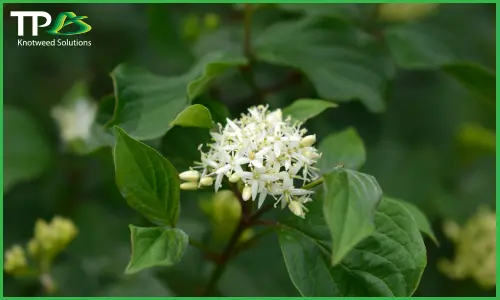
3. Dogwood:
Dogwood can sometimes be confused with Japanese knotweed due to its red stems, which resemble some of the reddish colouration observed in younger knotweed shoots. However, dogwood leaves are typically oval-shaped and arranged in opposite pairs on the stem. The similarities lie in their tall, branching appearance.
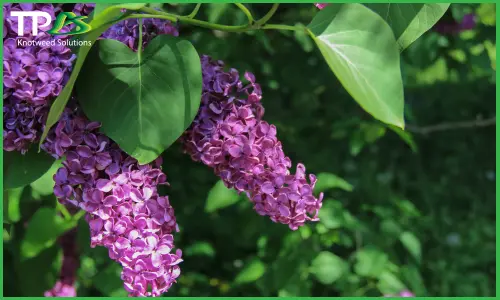
4. Lilac:
At first glance, the growth pattern of lilac bushes can be reminiscent of Japanese knotweed. However, the leaves and flowers offer clear differences. Lilac leaves are heart-shaped and have a lighter green hue, distinct from the large leaves of knotweed. Additionally, lilac produces beautiful clusters of scented flowers in various colours, another feature that sets it apart.
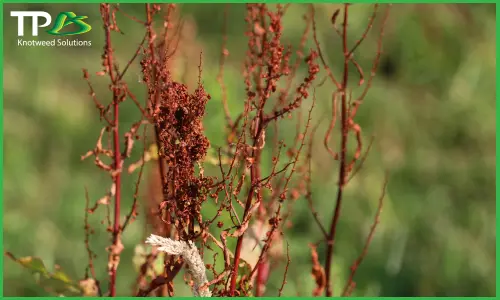
Broad Leafed Dock:
Broad-leaved dock shares some common features with Japanese knotweed, such as its tall, erect growth pattern and broad leaves. However, dock leaves have a distinctively wavy margin and may grow much larger than knotweed leaves. Dock also tends to have a more reddish stem and produces clusters of small greenish flowers.
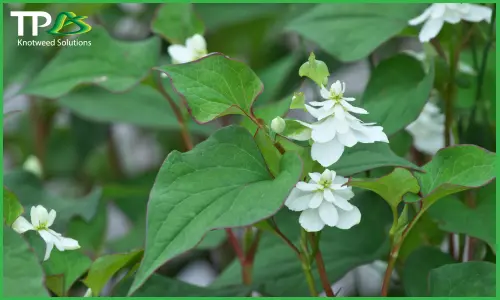
6. Houttuynia:
Houttuynia, also known as the chameleon plant, stands out for its distinctive variegated leaves with splashes of red, pink, yellow, and green. Although Japanese knotweed and houttuynia share a similar height and a spreading habit, houttuynia has a more delicate appearance. It’s small white flowers and unique leaf colours make it easily distinguishable from knotweed.
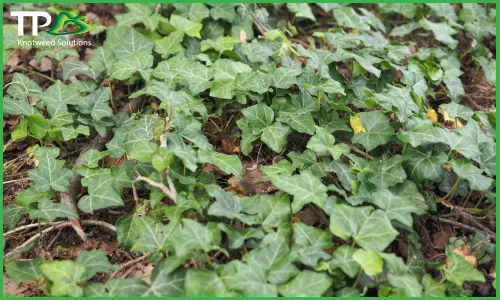
7. Ivy:
While often found sprawling across walls, ivy bears little resemblance to Japanese knotweed in terms of leaf shape and pattern. Ivy leaves are typically dark green, and glossy, and have lobed edges. Unlike the knotweed’s broad leaves, ivy leaves are narrow and elongated. Moreover, ivy plants produce distinctive clusters of berries, which can aid in identification.
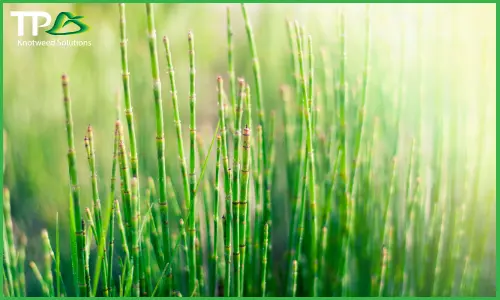
8. Horsetail:
Horsetail is often confused with Japanese knotweed due to its similar segmented growth and invasive nature. However, horsetail plants are typically smaller, with thin, reed-like stems and no leaves. They reproduce by spores and may have a distinctive cone-shaped appearance at the top. Unlike knotweed, horsetail does not produce flowers.
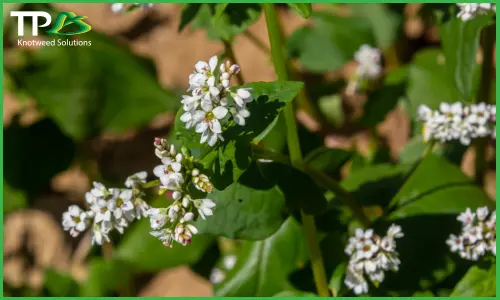
9. Buckwheat:
While not as commonly mistaken for Japanese knotweed as some other plants on this list, buckwheat can have a vaguely similar appearance. Buckwheat plants have broad, arrowhead-shaped leaves, but the similarity primarily lies in their erect growth habit. However, buckwheat does not have the same aggressive and invasive characteristics as Japanese knotweed.
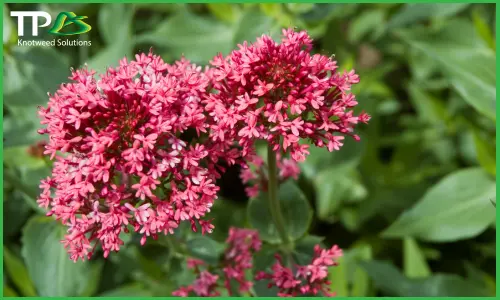
10. Red Valerian:
The vibrant, eye-catching flowers of red valerian may initially remind you of Japanese knotweed. However, that’s where the similarity ends. Red valerian produces clusters of red, pink, or white flowers atop tall, slender stems. Its narrow lance-shaped leaves are distinct from the broad, shield-shaped leaves of knotweed.
Still Unsure? We Can Help.
Whether it’s bindweed, lesser knotweed, dogwood, or any other plant that resembles Japanese knotweed, correctly identifying these plants is crucial for effective management. By understanding the differences and similarities described above, you can make informed decisions about tackling and removing potential invasive species from your gardens or properties. If you’re still uncertain, TP Knotweed is here to help. Simply send us a photo, and our experts will identify it for free, providing you with the guidance you need.
Remember, accurate identification is the first step towards effective Japanese knotweed removal!
